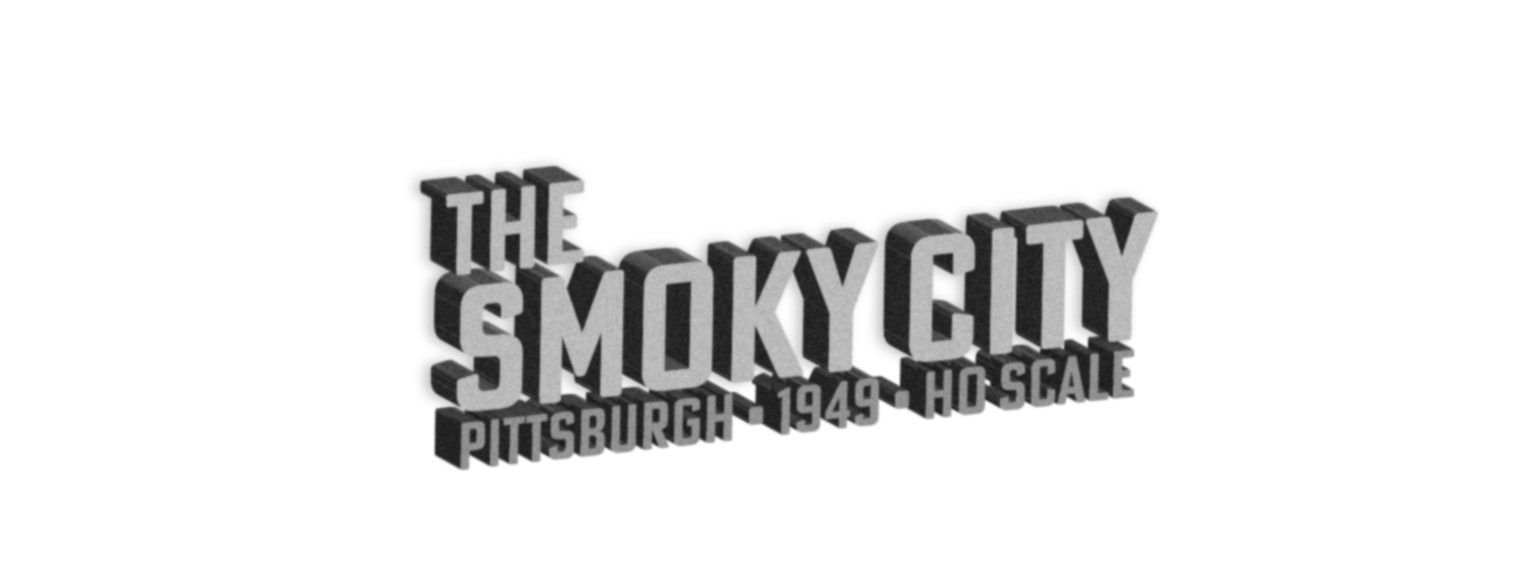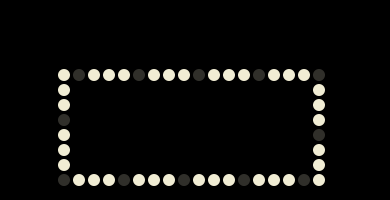Sat Feb 1: Began BN SD9 DCC conversion.
Sun Feb 2: Continued SD9 conversion. Decoder was interfering with gears.
Sun Feb 9: On Building 2, painted contrasting brick colors on two sides, plus all window sills and window headers.
Sun Feb 16: Continued SD9 conversion. To make more room for the decoder and speaker, I removed weights that had been installed in the top of the shell. During testing, I noticed that the tiny incandescent lights in the front and rear were getting way too hot. The resistors I chose were based on getting a light intensity that looked about right, but I never tested for heat. Upon discovering this, I decided to replace them with LEDs so that (hopefully) I won’t have to tear this apart to replace bulbs in the future.
Sat Feb 22: UNW Train Show in Monroe. Picked up some 3/32″ heat-shrink tubing for the SD9 conversion, a used book titled “Guide to North American Steam Locomotives” (which includes railroad-by-railroad histories and rosters, which should be a great resource for planning what equipment to use), an old Athearn blue box B&O hopper car kit, an Accurail P&LE hopper kit, a P&LE/NYC caboose (which turns …


